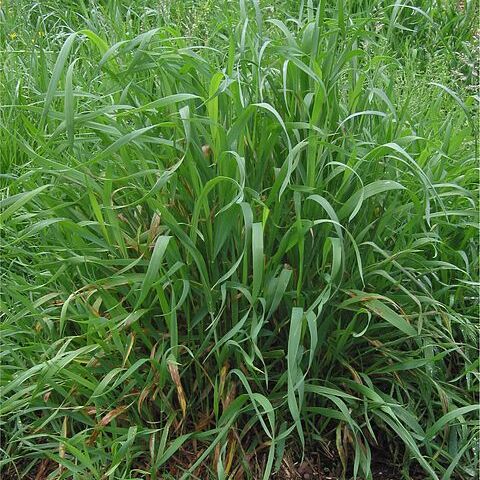Plants perennial, with or without rhizomes. Leaf sheath of cauline leaves split almost to base. Spike erect or nodding, linear; rachis usually not disarticulating. Spikelets 1 per node, sessile, clearly laterally compressed, with 3–10 florets; rachilla disarticulating below glumes. Glumes oblong, ovate, or lanceolate, unequal, usually asymmetric, distinctly (3–)5–7-veined, with transverse scar at base. Lemma lanceolate, 5–7-veined, rounded abaxially or keeled only at apex; callus usually glabrous. Palea slightly shorter than lemma, ciliate along keels. Caryopsis usually adherent to lemma and palea, oblong, with longitudinal groove adaxially. x = 7.
Spikelets solitary (seldom some of them paired) at each node of the bilateral spike, borne flatwise to the rachis, several-fld, eventually disarticulating above the glumes (below in E. repens) and between the florets; glumes broad or narrow, rounded on the back or keeled, usually several-veined, awnless or shortly awn-tipped; lemmas with a straight or divergent awn, or awnless; anthers elongate, (2–)3–8 mm; outcrossing perennial grasses, tufted or more often strongly rhizomatous. (Lophopyrum, Pascopyrum, Pseudoroegneria) 80, mainly N. Hemisphere.

